A Closer Look at Shih Tzu Coat Colors: Before and After
Introduction
Shih Tzu are adorable little fur balls that come in a wide variety of coat Colors and patterns. However, have you ever wondered how these colors change as they age? We look closer at Shih Tzu coat Color transformations from puppyhood to adulthood.
Why do Shih Tzu puppies Change color?
Shih Tzu puppies are known for their unique and adorable coat Colors, but it is common for them to undergo a significant Color change as they grow older. Genetics is primarily responsible for this change in color. Two distinct genes determine whether a Shih Tzu coat will fade or gray over time, ultimately affecting the puppy’s ultimate Color. If a Shih Tzu carries the ‘G’ gene, their coat will fade with age, which can be noticed even in puppies as young as a month old. Most of the changes in coat color will occur during the puppy’s first year. The breed’s genetic inheritance is responsible for these Color changes, so it’s important to know they are entirely natural.
Before Birth:
Before a Shih Tzu is even born, their coat color is determined by their parents’ genes. The color possibilities are vast, ranging from solid colors like black, white, and gold, to multi-colored combinations like brindle, parti, and sable.
During the gestation period, the puppy’s coat color starts to develop. The pigmentation cells in their skin produce melanin, which gives color to their fur. As the weeks go by, the coat color becomes more apparent, and breeders can start to predict what color the puppies will be.
After Birth:
When Shih Tzu puppies are born, they usually have a very light and almost non-existent coat. This is because the hair follicles are still developing. Over the next few weeks, the puppies’ coats will start to grow and become more visible.
It is during this time that breeders can start to see the true color of the puppies’ coats. Some puppies may have a solid color, while others may have a combination of colors. It is always exciting to see how the coat colors develop and change as the puppies grow.
Do Shih Tzu coats Change Color?
Shih Tzu coats can change Color over time. It is common for a Shih Tzu puppy or even an older dog to undergo a significant Color change. This change in coat color occurs primarily due to genetics. Two distinct genes determine whether a Shih Tzu coat will lighten or gray with age and its final Color. If a Shih Tzu carries the ‘G’ gene, their coat will fade over time, which can be noticed even in puppies as young as a month old. Most changes in coat color occur during the first year of a dog’s life. However, medications, sunlight exposure, nutritional status, and skin diseases can also influence a Shih Tzu coat color. Therefore, it is essential to know that the change in coat color is entirely natural and is just a part of the breed’s genetic inheritance.
Shih Tzu coat colors:
There are many different coat colors that a Shih Tzu can have. The most common colors are black, white, and brown. However, there are also many other colors that Shih Tzu can come in, including blue, silver, cream, and red. Coat color can often be an important factor in deciding which Shih Tzu is right for you. Below, we will take a closer look at some of the most popular Shih Tzu coat colors.
Black: Black is one of the most popular coat colors for Shih Tzu. Black Shih Tzu are very elegant and regal-looking. They are also very easy to care for since their coats do not require a lot of upkeep.
White: White is another popular coat color for Shih Tzu. White Shih Tzu are very pristine-looking and give off a very innocent appearance. They are also very easy to care for since their coats do not require a lot of upkeep.
Brown: Brown is a less common coat Color for Shih Tzu, but they are still beautiful dogs. Brown Shih Tzu have a more down-to-earth look and tend to be friendly and outgoing dogs. Their coats require more upkeep than black or white Shih Tzu, but they are still relatively low-maintenance dogs overall.
Blue: Blue is a very rare coat Color for Shih Tzu, but they are truly stunning dogs.
Color Change Facts:
Color change is an intriguing phenomenon that can be observed in various contexts. One of the most common causes of Color change is the reaction to external stimuli such as temperature, light, and chemical reactions. Some substances change Color when exposed to heat or light, while others may change Color when a chemical reaction occurs. For example, litmus paper changes Color to indicate the acidity or alkalinity of a solution. Another fascinating fact about Color change is that it can occur naturally, such as with the changing Colors of leaves during the fall season.
The color change is also used in various industries, from fashion to technology. In fashion, fabric dyes can change Colors depending on the light or angle, while in technology, LCD screens use liquid crystals that change Color to display images. Overall, Color change is a fascinating phenomenon that occurs in everyday life and has a wide range of applications across different industries.
Common Types of Shih Tzu Hair and Fur
When it comes to the coat of a Shih Tzu, there are three main types of hair and fur that you will find. The first type is what is known as “guard hair. This is the longest hair type on the Shih Tzu and makes up the outer coat. The second type of hair is called the awn. This type of hair is shorter than the guard hair and makes up the middle layer of the coat. The third and final type of hair is known as “down hair. This is the softest and shortest type of hair on the Shih Tzu and can be found making up the innermost layer of the coat.
Color Change Before and After in Shih Tzu:
As one of the most popular companion dog breeds, the Shih Tzu is known for its long, flowing coat in a variety of Colors. But many people don’t realise that the coat Color of a Shih Tzu can change significantly over their lives.
For example, a Shih Tzu’s coat may be primarily black as a puppy, but they may develop white markings on their face and body as they age. This Color change is usually most noticeable around 2–3 years of age. Similarly, a Shih Tzu coat may be light brown or cream as a puppy, but it will gradually darken to a richer brown or red over time.
Of course, not all Shih Tzu will experience such drastic Color changes. But it’s important to know that it is possible, particularly if you want to show your dog in competition. So if you’re looking at pictures of adult Shih Tzu and wondering why their coat Color looks different from your pup’s current shade, don’t worry—it’s probably just a normal part of the breed’s development!
Common Changes in Colors and Patterns
One of the most common questions at Shih Tzu headquarters is, “Why did my dog’s coat change Color?” While there can be a few reasons, the most likely explanation is that your dog is getting older. As a dog ages, it’s not uncommon for its coat to change in Color and/or pattern.
For example, you may have noticed that your once all-black Shih Tzu has developed brown patches on their coat. This is called “graying” and is perfectly normal! While it’s more common in senior dogs, graying can start as early as 2–3 years old. Another common change you might see is a loss of pigment in your dog’s coat, which can make them look lighter overall. Again, this is totally normal and nothing to worry about.
So why do these changes happen? It all has to do with the production of melanin, which gives our hair and skin Color. As we age, our bodies produce less melanin, resulting in the changes we see in our coats (and our hair!). So if you notice your Shih Tzu’s coat starting to change Color or pattern, don’t fret—it’s just a sign of them becoming a wise old dog!
Factors That Can Affect a Shih Tzu’s Color Over Time:
There are many factors that can affect a Shih Tzu’s coat Color over time. Some of these factors include:
- age
- weight
- diet
- hormones
- genetics
- environment
Age: A dog’s coat can change shades as it ages. For example, a young Shih Tzu may have a light coat, but as it gets older, its coat may darken.
Weight: A dog’s weight can also affect its coat Color. A dog who is overweight may have a darker coat than a dog of normal weight.
Diet: The type of food a dog eats can also affect its coat Color. For example, a dog who eats a lot of beef may have a redder coat than a dog who doesn’t eat beef.
Hormones: Hormonal changes in a dog’s body can also cause changes in its coat Color. For example, if a female dog comes into heat, her coat may become lighter or darker.
Genetics: A dog’s genetic makeup can play a role in its coat Color. For example, if both Shih Tzu’s parents have black coats, the chances are good that the Shih Tzu will also have a black coat.
Environment: The environment where a Shih Tzu lives can also affect its coat Color. For example, if a Shih Tzu lives in an area with lots of sunlight, its coat may fade to lighter Colors over time.
Common Coat Colors:
Shih Tzu come in a wide range of coat colors. Some of the most common colors include:
- Black: Shih Tzu with a solid black coat are stunningly beautiful.
- White: A pure white coat is a classic and elegant look for a Shih Tzu.
- Gold: Shih Tzu with a golden coat have a warm and luxurious appearance.
- Brindle: This unique coat pattern features a combination of dark and light colors in a striped pattern.
- Parti: Parti-colored Shih Tzu have patches of two or more colors on their coats.
- Sable: Sable Shih Tzu have a base color with black-tipped hairs, giving them a stunning look.
Tips for Maintaining Your Dog’s Coat and Color:
Your dog’s coat is one of their most defining features. Not only does it protect them from the elements, but it also plays a big role in their overall appearance. As such, it’s important to take care of your dog’s coat to ensure that it remains healthy and looks its best. Here are some tips for maintaining your dog’s coat and Color:
- Brush regularly. Brushing your dog’s coat on a regular basis is essential for keeping it healthy and free of tangles. It also helps to distribute natural oils throughout the coat, keeping it lustrous and shiny. Be sure to use a brush that is specifically designed for your dog’s hair type; e.g., bristle brushes are best for short-haired dogs, while slicker brushes are better for long-haired breeds.
- Bathe as needed. Over-bathing can strip away natural oils from your dog’s coat, leaving it dry and dull-looking. Only bathe your dog as often as necessary; typically, once or twice a month should suffice. When you bathe them, be sure to use a quality shampoo that is designed specifically for dogs; human shampoos can be too harsh and cause irritation.
- Protect against sun damage. Just like our skin, our dogs’ skin can be damaged by too much exposure to the sun’s ultraviolet rays. This can lead to
At what age do Shih Tzu change Color?
Shih Tzu puppies are known for their adorable and fluffy coats, often the main attraction for pet owners. It is important to note, however, that their coat colors can change with age. The majority of these changes occur during the first year of a Shih Tzu’s life, and by the time they reach their one-year milestone, their final genetic color is usually established. While smaller and less dramatic changes may still take place over the years, the most significant Color change occurs from birth until maturity. Therefore, pet owners should expect their Shih Tzu puppy’s coat to look pretty different from its full-grown one, and it will be around 8–12 months old when this more mature coat starts to develop.
At what age do Shih Tzu stop changing Color?
Shih Tzu dogs are known for their beautiful and unique coat Colors, which often change during the early years of their lives. Most Shih Tzu puppies start to change Color by the time they are just a few weeks old, and these changes continue until they reach approximately one year of age. However, it is important to note that smaller, less dramatic changes may still occur over the years. In some rare cases, surprise changes can even take place well into adulthood. That being said, once a Shih Tzu reaches maturity, its coat Color should be relatively stable and remain consistent for the rest of its life. Therefore, pet owners can expect their Shih Tzu’s coat Color to stabilize around the one-year mark and not change significantly after that.
How do you maintain a Shih Tzu coat?
Regular grooming is essential to keep a Shih Tzu’s coat healthy and beautiful. Daily brushing and combing are necessary to prevent tangles and mats, especially for long-haired varieties. Owners should also be prepared for serious grooming, including clipping, trimming, and bathing, to maintain the coat’s long, flowing nature. Using a leave-in coat spray each time you brush the coat can help keep it shiny and soft. Additionally, it is recommended to apply paw wax every seven days to protect the pads of their feet. To prevent dental problems, owners must brush their Shih Tzu’s teeth regularly. Wiping the body down with a grooming wipe or using dry shampoo as needed can help keep the coat clean between baths. Following these grooming tips will keep a Shih Tzu looking its best and help prevent any underlying health issues.
Why is my Shih Tzu’s fur turning brown?
If you notice your Shih Tzu’s white fur turning brown, it could be caused by a variety of factors. One common cause is tear staining. When the dog’s tears contain high levels of porphyrins, molecules can stain the fur brown. This is particularly noticeable in dogs with light-Colored coats. Another possible cause of brown fur staining is an ear or skin infection caused by the yeast Malassezia. This type of infection can lead to brown spots or patches on the fur. Changes in diet, exposure to pollutants, and hormonal imbalances can also trigger changes in fur Color. It is best to consult a veterinarian if you notice brown staining on your Shih Tzu’s fur to determine the underlying cause.
Why is my black Shih Tzu puppy turning brown?
If you notice your black Shih Tzu puppy turning brown, it is not uncommon and is often a natural part of the breed’s coat development. As some Shih Tzu age, their black coats may lighten or even turn a dark chocolate brown color. This is especially common in puppies that have a solid black coat. One possible reason for this change is genetics, where the puppy may inherit genes that dictate a lighter coat Color. Another reason could be exposure to sunlight. As mentioned earlier, excessive UV rays can cause coat Color changes, leading to fur lightening or changing hues. Other factors, such as nutritional deficiencies, skin infections, and hormonal imbalances, can also cause coat Color changes. However, if you are concerned about sudden changes in your puppy’s coat Color, it’s best to consult a veterinarian.
Conclusion:
Shih Tzu coat colors are a fascinating subject, and watching the transformation of their coats from before birth to adulthood is truly remarkable. Whether you have a Shih Tzu or are considering getting one, appreciating their unique coat colors adds to the joy of owning these lovable dogs.
Remember, no matter what color their coats are, Shih Tzu are always adorable and make wonderful companions.
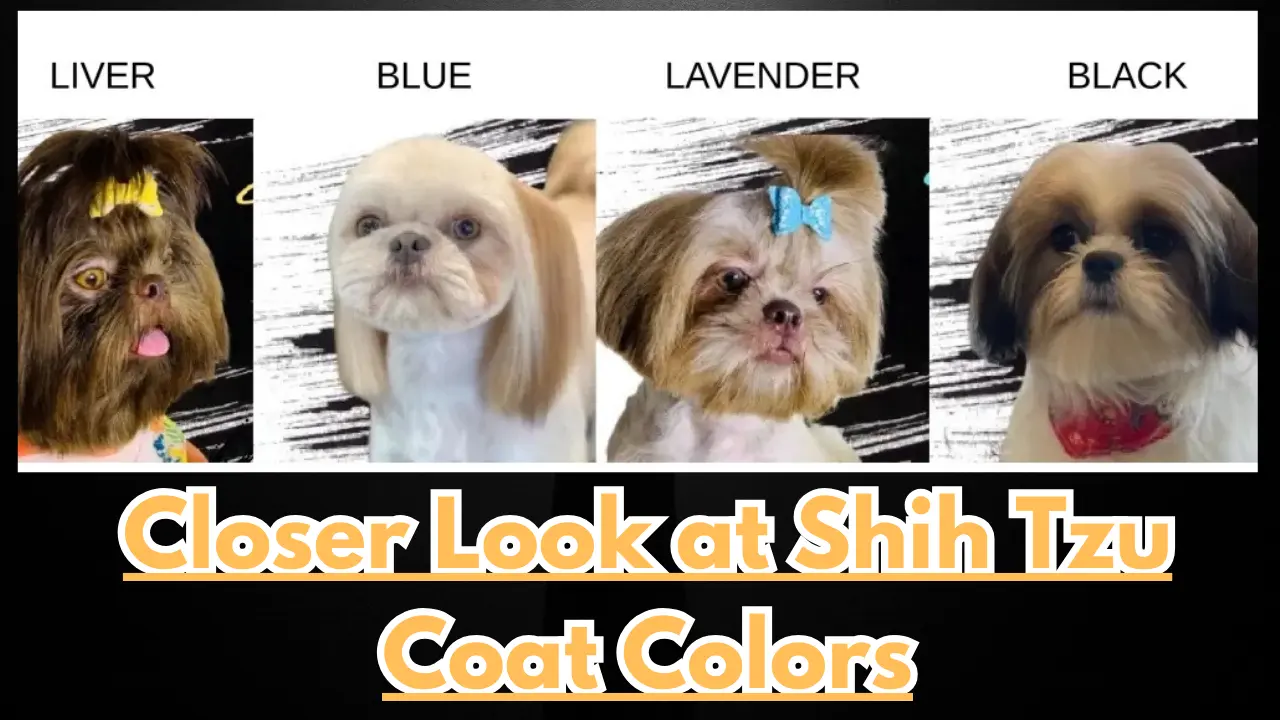


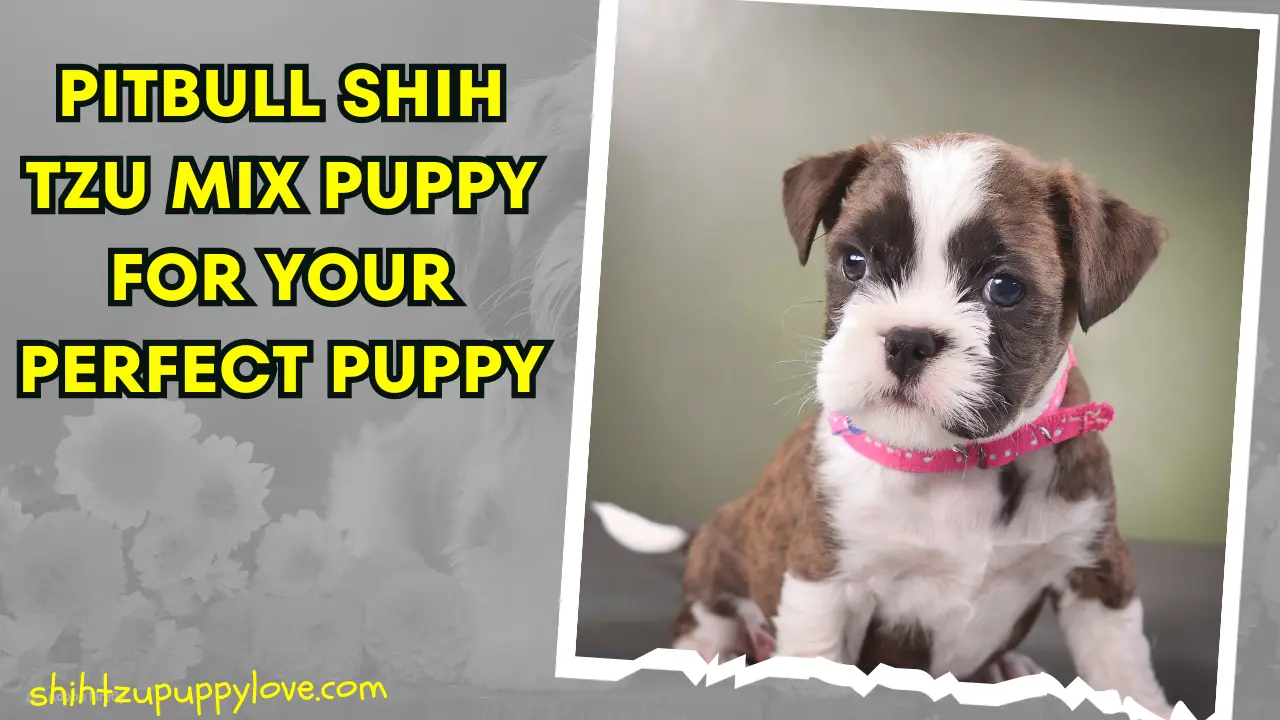
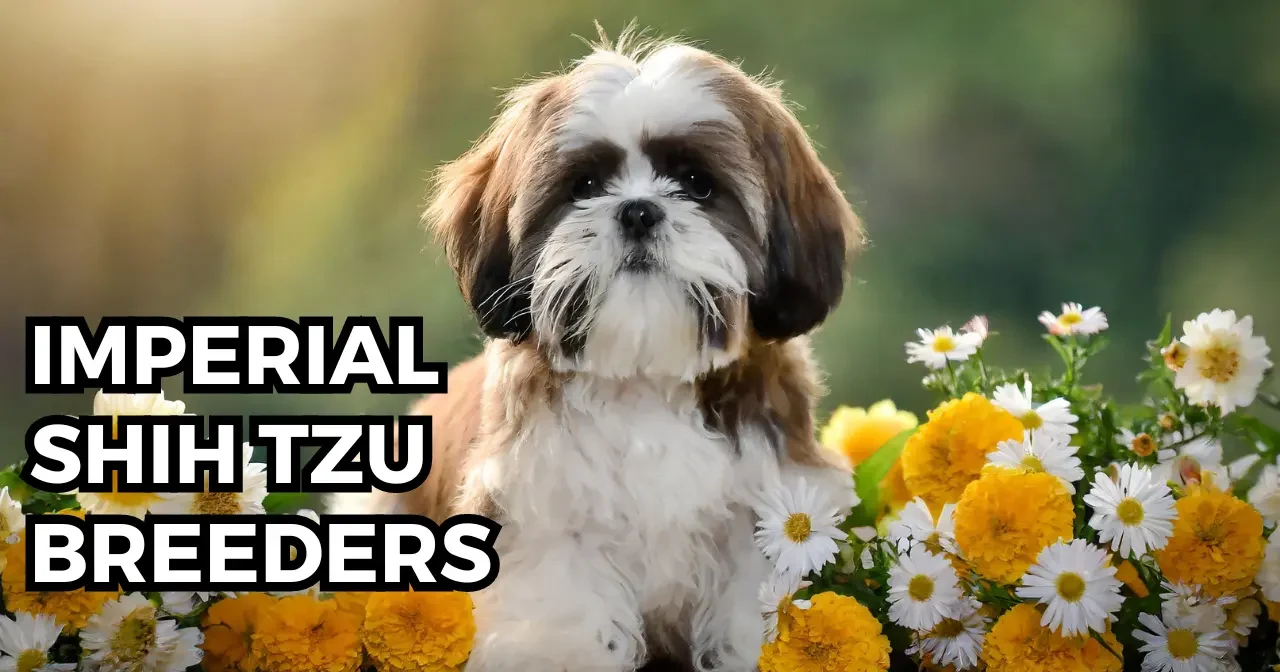
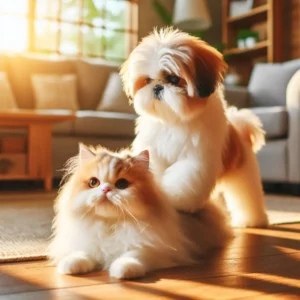


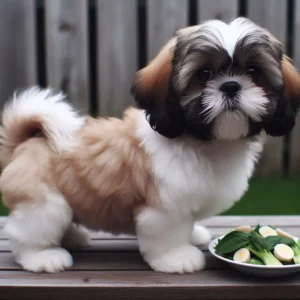
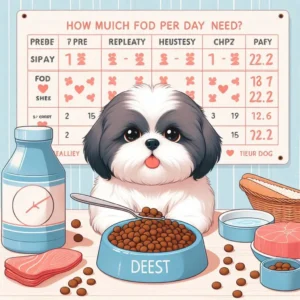





Post Comment